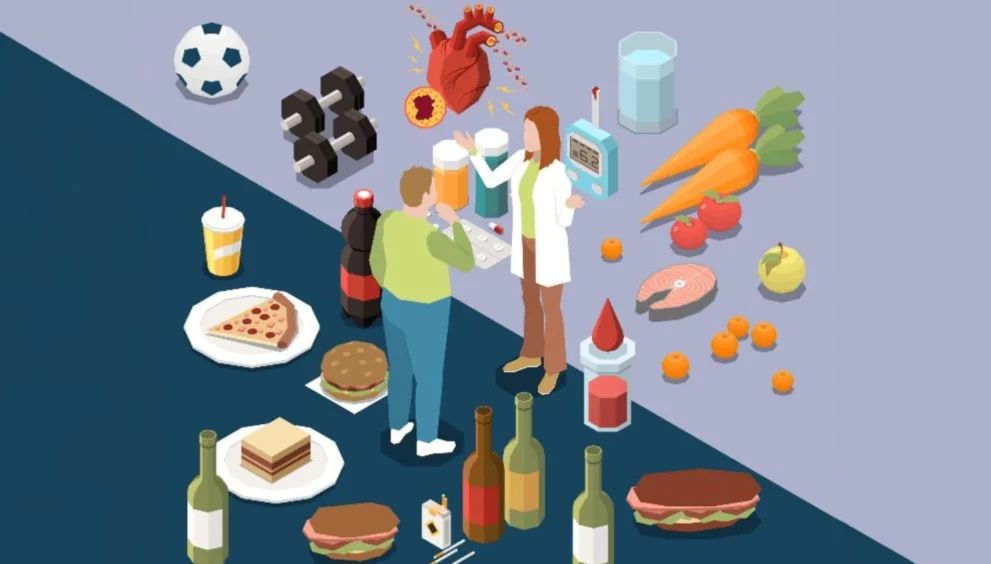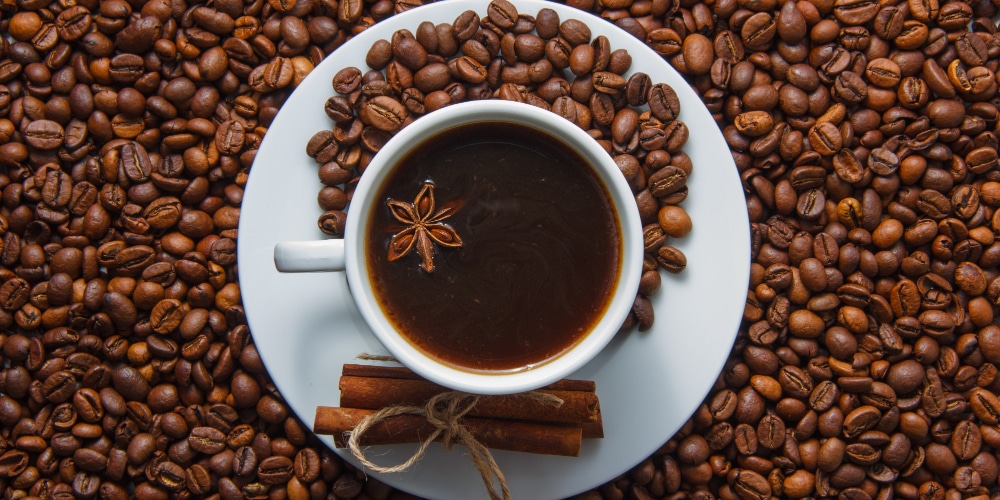EXPLAINER: Not all cholesterol is the same: what is ‘good’ and ‘bad’ cholesterol?
The body needs cholesterol to form protective membranes around cells, manufacture Vitamin D, and other hormones such as sex hormones.
Author
Author
- admin / 1 year

- 0
- 4 min read

Author
To most individuals, the mere mention of the word cholesterol signifies a state of ill health. It takes a nuanced reading to understand the intricacies of the outcomes of cholesterol deposits on human health and discern between cholesterol that is good for one’s health and the one that is bad, or harmful for health.
So, what are the different cholesterol types?
Blood cholesterol, commonly known as just cholesterol, is a waxy, fat-like substance that is present throughout the human body. The body needs cholesterol to form protective membranes around cells, manufacture Vitamin D, and other hormones such as sex hormones. Cholesterol gets circulated in the body by lipoproteins—circular bodies made of lipids (fats) and proteins. These are of two types, Low density (LDL), sometimes referred to as bad cholesterol and High-density (HDL) also referred to as good cholesterol.
LDL contributes to plaque build-up in the arteries increasing the risk of heart disease and stroke. If you have heard a doctor raise concern about your cholesterol levels, it is most likely this count that they are referring to. It is found in foods like red meat, full-fat dairy, and other foods that are rich in saturated fats. Hence, these should be taken in moderation.
On the other hand, HDL helps to remove plaque build-up from the arteries and a high HDL number signals good heart health. Foods like fatty fish, whole grain, and fruits and vegetables are rich sources of good cholesterol.
Does food contribute only 20% to dietary cholesterol intake?
The liver is capable of manufacturing 100% blood cholesterol that the body needs; this it does from sugars, proteins, and fats that it extracts from the diet. However, 20% of one’s cholesterol requirement would be met from dietary intake of Cholesterol.
If one’s diet contains saturated fats from foods such as red meat, then one’s LDL cholesterol levels are raised and HDL are lowered. The un-utilized fats, sugars, and proteins, as well as excess LDL cholesterol deposits as plaque in the arteries.
However, if the diet contains unsaturated fats from food such as avocado, fish and nuts then one’s HDL levels are raised and LDL lowered. Therefore, health experts recommend that people consume from as few dietary sources of LDL cholesterol as possible.
How does the body regulate blood cholesterol levels?
The body manages the blood cholesterol levels by keeping one’s LDL levels in control. It achieves this by way of LDL receptors—proteins present on the surface of the liver cells as well as other cells. When LDL circulates in the bloodstream, these receptors bind to LDL molecules and pull them into liver cells. Inside the liver cells the LDL gets converted into bile acids, which get excreted from the body. Inside other cells, the LDL gets utilized to form protective cell layers and body hormones.
However, trouble starts when the body has more LDL than it can process.
Thus, one needs to be clear about the distinctions between LDL and HDL and strive to keep one’s LDL levels low, if not eliminate them totally. This could be achieved by eating a heart-healthy diet that includes vegetables, fruits, whole grains, and fish.
Further regular exercise, maintaining a healthy body weight and not smoking are essential to lowering one’s LDL. Alongside one should strive to maintain high levels of HDL, which get raised organically, when dietary and lifestyle measures meant to lower LDL are adopted.
Also read: FACT CHECK: Can garlic lower blood pressure, cholesterol, and heart disease risk?
(Do you have a health-related claim that you would like us to fact-check? Send it to us, and we will fact-check it for you! You can send it on WhatsApp at +91-9311223141, mail us at hello@firstcheck.in, or click here to submit it online)









